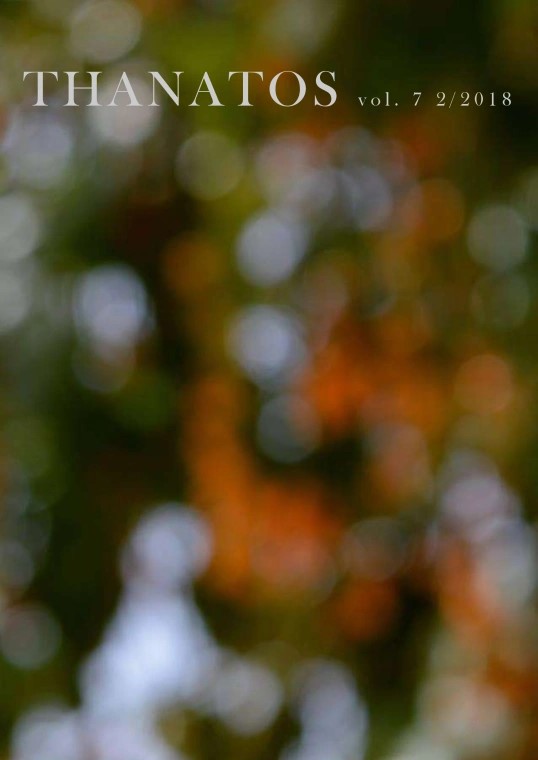Memory of the Great Hunger Years Revisited – Finland’s 1860s Famine Memorials, Mass Graves and a Commemorative Craft Initiative
Avainsanat:
Great Hunger Years of 1860s, famine memorials, famine mass graves, traumatic experience, performative art practice, ‘new materialism’Abstrakti
This article revisits the memory of the Finland’s 1860s famine (“Great Hunger Years”) at its sesquicentennial by connecting the history and development of famine memorials in Finland with the May 2018 initiative of laying memorial wreaths at a selection of those memorials. A starting point for the article is the notion that the remembrance of the Great Hunger Years has been rather quiet; the article discusses the reasons and the relativity of this quietness. First, the history of establishing famine memorials in Finland is reviewed with attention to their different dates of origin and roles. Perceived as a part of remembering the famine at large, the memorials are reflected against the repeated, national narratives about the hunger years. The article suggests that when taken as a whole, the abundance of local memorials can offer a different reading to the quietness of the memory of the famine tragedy.
The latter part of the article focuses on the possibilities of interpreting this quiet remembrance with attention to the (im)materialities of famine heritage. Connecting the seeming quietness with a notion of multigenerational, traumatic experience, the article discusses the meaning of the quintessential material heritage, that is, the mass graves, at which memorials often stand, in processing the partially absent experiences of loss from the past. The article illustrates the research-led craft initiative of laying memorial wreaths and explicates the intentions of the initiative as a performative art practice. Providing new knowledge about the famine memorials’ history the article argues that approaches of aesthetic and historical experience invite onlookers to revisit the history of the Great Hunger Years in ways that embrace the quietness of famine heritage.
Tiedostolataukset
Julkaistu
Numero
Osasto
Lisenssi
Copyright (c) 2023 Eliza Kraatari, Andrew G. Newby

Tämä työ on lisensoitu Creative Commons Nimeä-EiKaupallinen-EiMuutoksia 4.0 Kansainvälinen Julkinen -lisenssillä.





